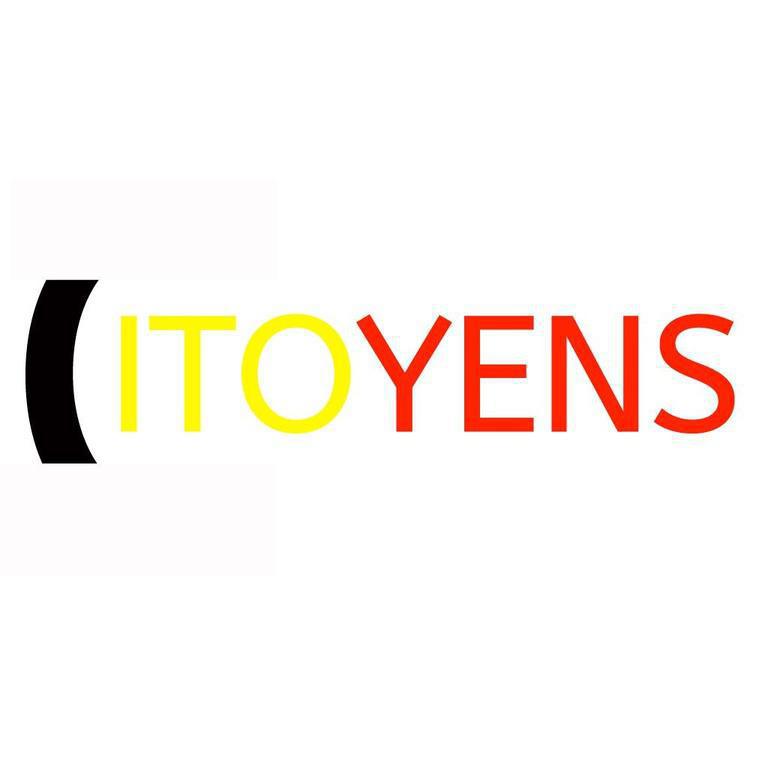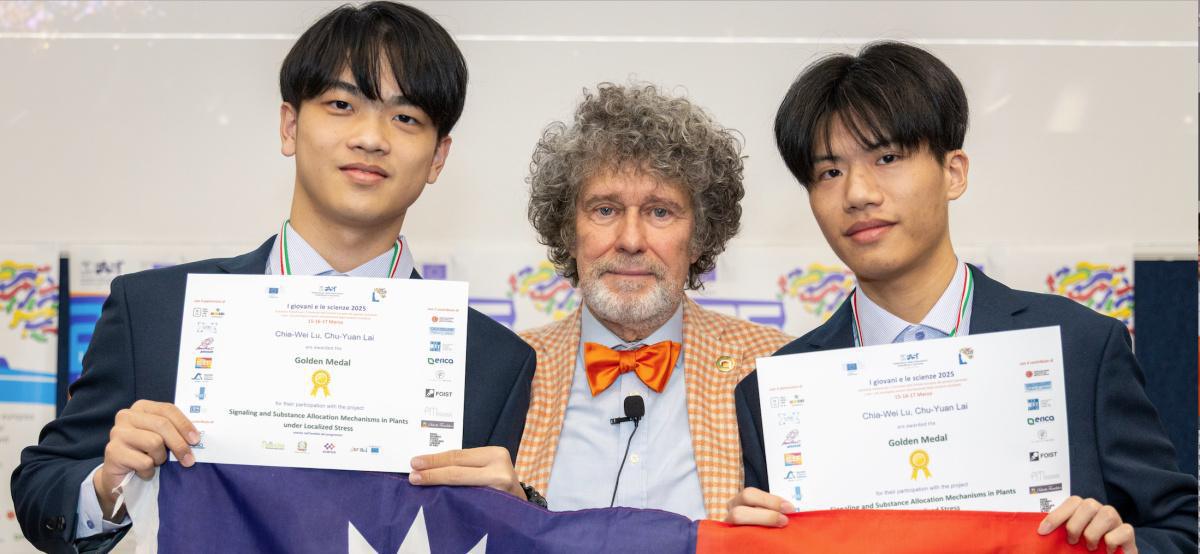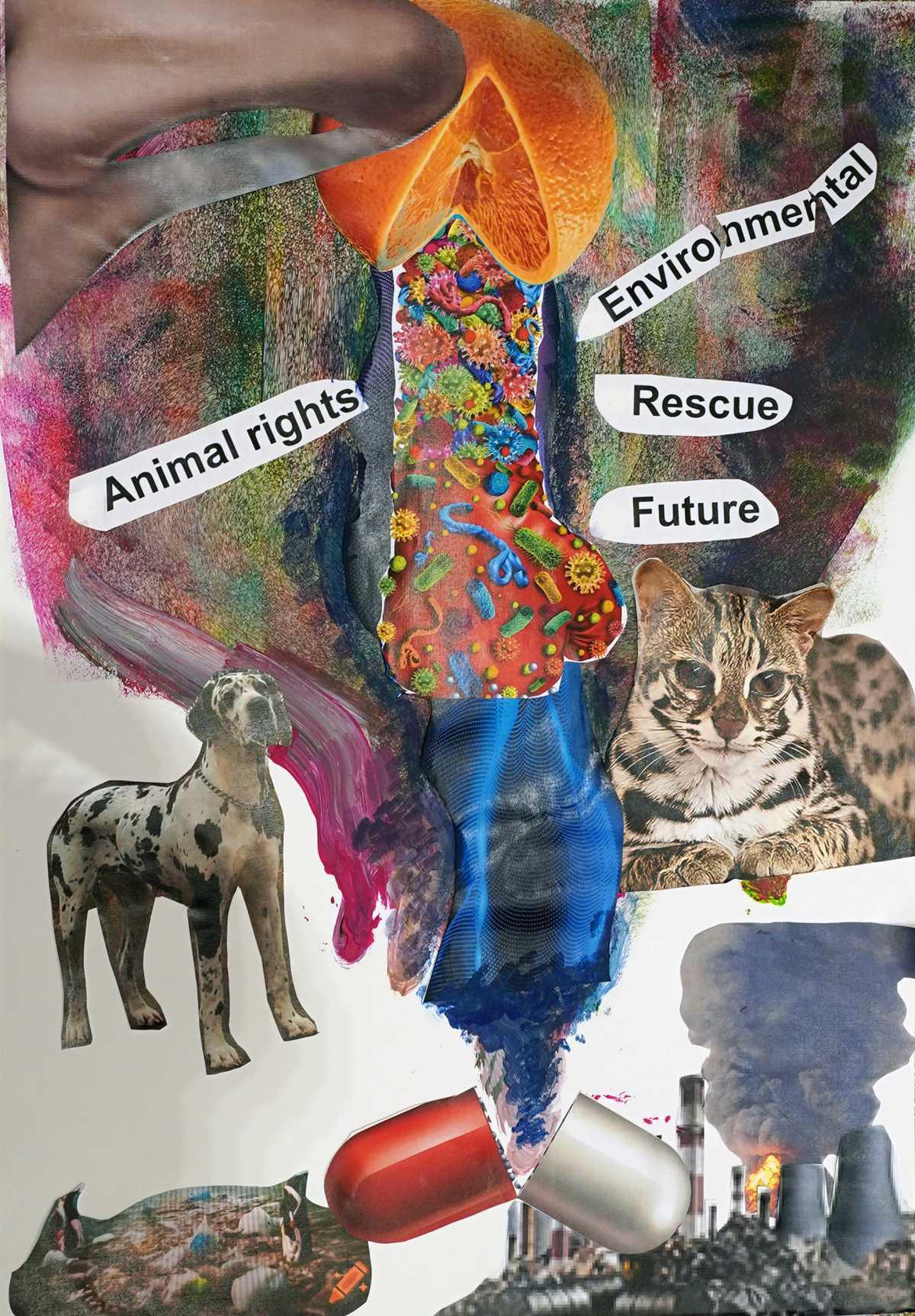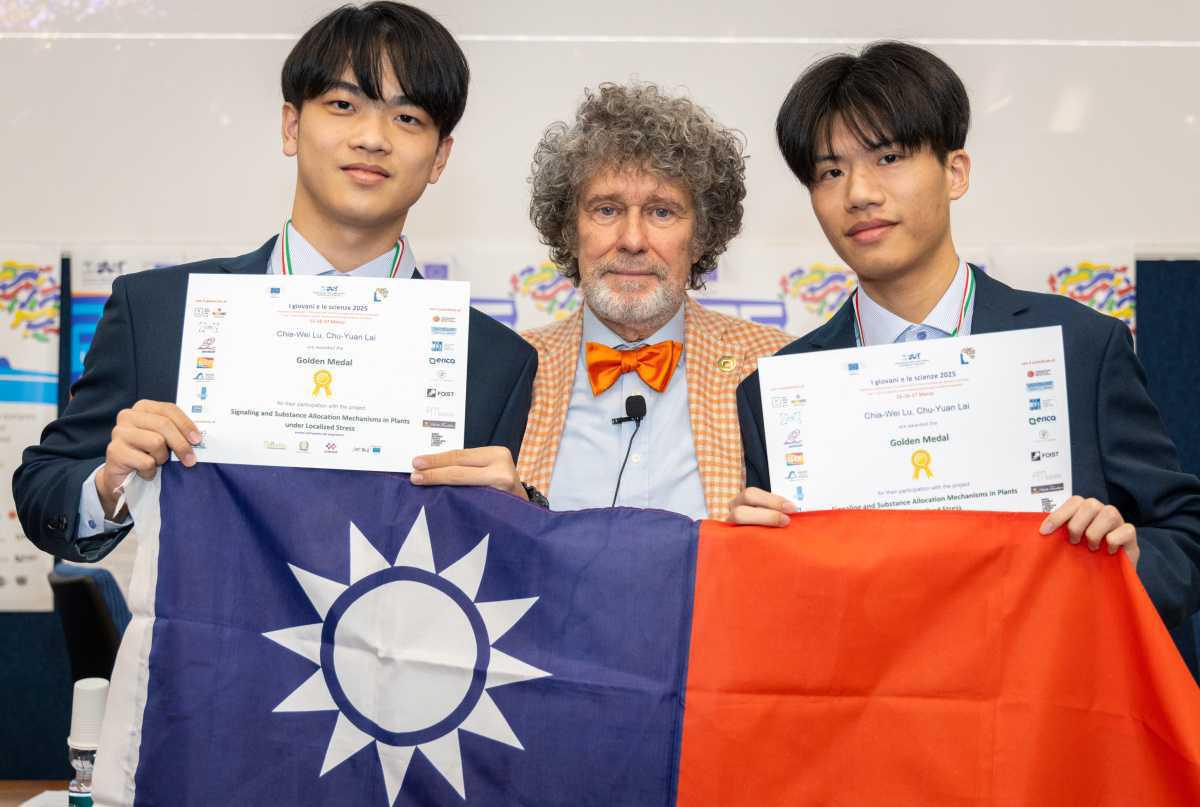Chia-Wei Lu (2006), Chu-Yuan Lai (2006)
Tainan First Senior High School, Tainan, Taiwan
When a plant leaf experiences stress, how does the plant communicate this signal to other tissues and regulate nutrient distribution? This area of research has remained largely unexplored. However, the unique interconnected leaf structure of Lemna trisulca, combined with the use of a divided Petri dish, provides an ideal model for studying localized stress responses and investigating intracellular signaling and nutrient allocation mechanisms.
Research findings indicate that when the mother leaf undergoes localized stress, it actively releases healthy daughter leaves to minimize collateral damage. In contrast, when daughter leaves experience localized stress, the mother leaf retains them and continues providing nutrients to support their survival. Further studies have revealed that stressed daughter leaves accumulate Reactive Oxygen Species (ROS), which serve as distress signals to the mother leaf. In response, the mother leaf utilizes calcium ions (Ca2+) as signaling molecules to regulate nutrient distribution to the daughter leaves.
The process of selective detachment is controlled by the interaction between Ca2+ and ROS within the mother leaf. When the mother leaf experiences stress, Ca2+ acts upstream, triggering ROS accumulation at the nodes and sending a unidirectional detachment signal to the daughter leaves. This results in ROS accumulation at the daughter leaf nodes, ultimately inducing detachment. By doing so, the plant reduces the potential collateral damage that the daughter leaves might experience due to stress affecting the mother leaf.





